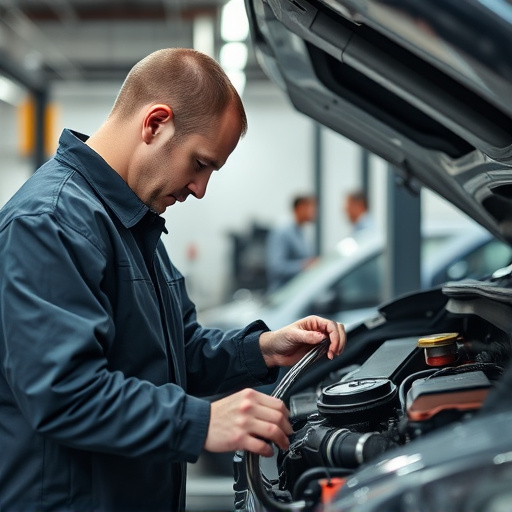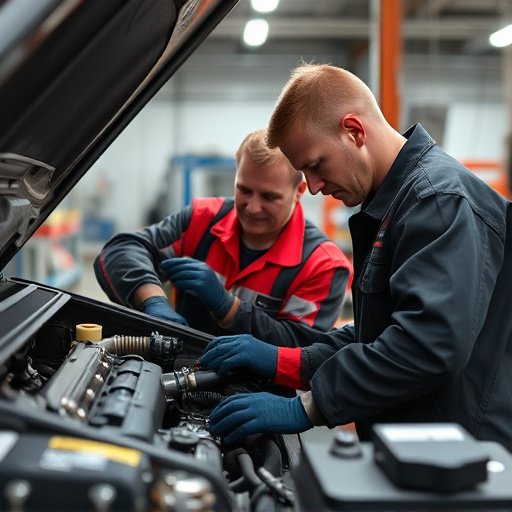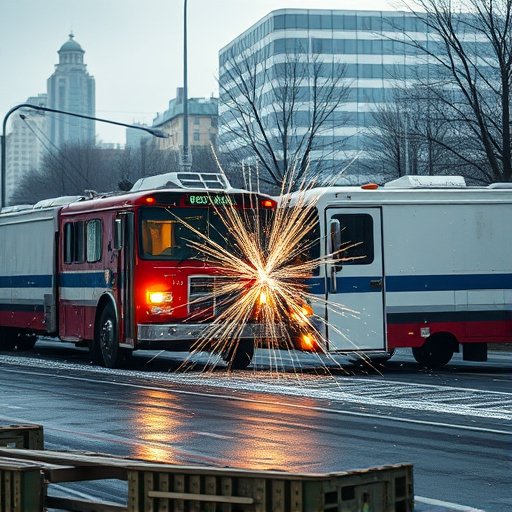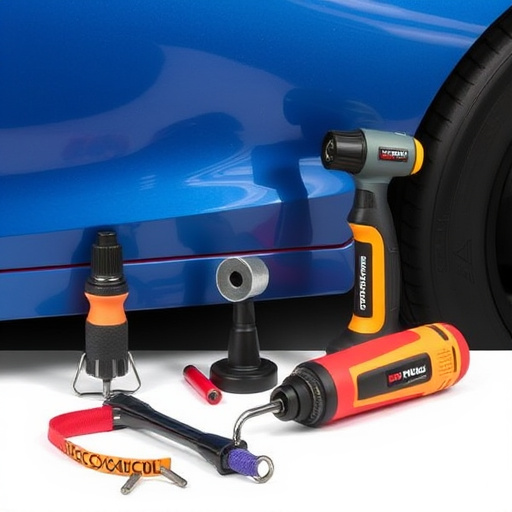Unexpected delays in auto repair timelines are common due to factors like sourcing rare parts, complex repairs, hidden damage, and technical issues. Collision repair centers should maintain open communication with customers regarding these changes, explaining reasons for delays through prompt updates. Implementing proactive strategies like prioritizing tasks, breaking down the repair process into stages, and setting realistic milestones enhances progress tracking and management. Continuous communication ensures clients stay informed about timeline shifts, fostering flexibility and adaptability while ensuring high-quality car bodywork care.
Reps and clients alike often wonder: why does the estimated repair completion timeline seemingly shift out of nowhere? This article delves into the common causes behind these unexpected delays, from unforeseen structural issues to material shortages. We explore best practices for transparent communication with clients when timelines adjust, ensuring trust and minimal disruption. Additionally, we offer strategies to effectively manage changed deadlines, helping professionals deliver quality repairs on time – or even early.
- Unexpected Delays: Causes and Factors
- Communicating Changes: Best Practices for Transparency
- Strategies to Manage Adjusted Timelines Effectively
Unexpected Delays: Causes and Factors

Unexpected delays in the repair completion timeline are a common occurrence in the automotive industry, especially when it comes to auto bodywork and car repair services. Several factors contribute to these delays, each with its unique impact on project timelines. One primary cause is the availability of specialized parts required for the repair. Auto detailing, for instance, often relies on high-quality, custom-fitted components that might take longer to source, especially for rare or classic vehicle models.
Another significant factor is the complexity of the repairs themselves. Simple fixes can often be completed swiftly, but intricate auto bodywork, such as extensive dent removal or complex paint jobs, may demand more time due to meticulous attention to detail and the need for specialized tools. Additionally, unforeseen challenges during the repair process, like discovering hidden damage underneath the surface, can significantly alter the estimated completion timeline.
Communicating Changes: Best Practices for Transparency

When a repair completion timeline changes, it’s crucial for collision repair centers to maintain transparency with their customers. Communicating updates promptly and clearly is a best practice that fosters trust and ensures customer satisfaction. This includes providing clear explanations for delays, whether they’re due to unexpected auto parts shortages, complex auto painting procedures, or unforeseen technical issues during the auto maintenance process.
A well-informed customer base appreciates being kept in the loop. It allows them to better manage their schedules and expectations. Effective communication also enables customers to understand that the repair center is committed to delivering high-quality work, even if it means navigating unexpected challenges. This transparency can significantly enhance the overall customer experience at a collision repair center.
Strategies to Manage Adjusted Timelines Effectively
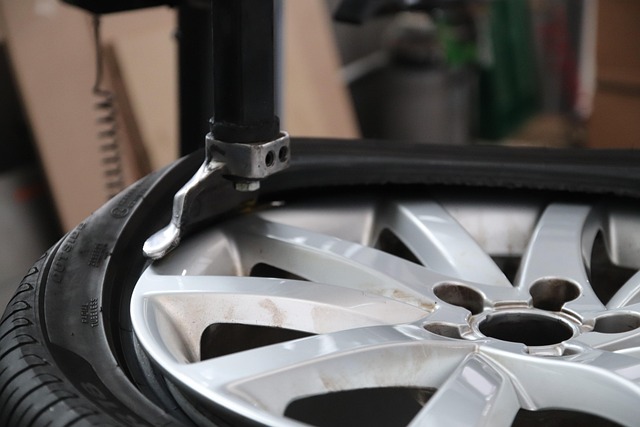
When a repair completion timeline suddenly changes, it’s important to stay calm and adopt proactive strategies for effective management. The first step is to communicate openly with your car body shop or auto collision repair center about the adjustment. Understanding the reasons behind the change—be it due to unexpected material delays, complex repairs, or new techniques required—can help you appreciate the need for the revision. Clear communication ensures everyone is on the same page and reduces potential misunderstandings.
Next, prioritize tasks and allocate resources accordingly. Break down the repair process into manageable stages and set realistic milestones. This helps track progress effectively and allows for adjustments as needed. Additionally, maintain open lines of communication with the shop to stay informed about any further timeline shifts. Being flexible and adaptable will ensure you can navigate these changes efficiently while keeping your car’s bodywork in top condition.
Repairs, much like life, can be unpredictable. While unexpected delays are often unavoidable, effective communication and strategic management can help navigate these changes smoothly. By understanding common causes of timeline shifts in repair completion, adopting best practices for transparent communication, and implementing strategies to adapt to new deadlines, you can ensure a more efficient and satisfying experience for all involved parties. Remember, staying flexible and informed is key to successfully managing adjusted repair completion timelines.
